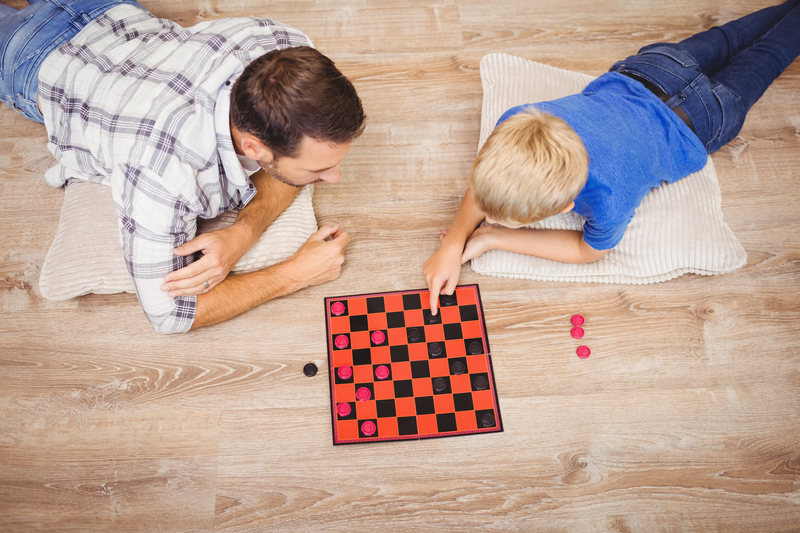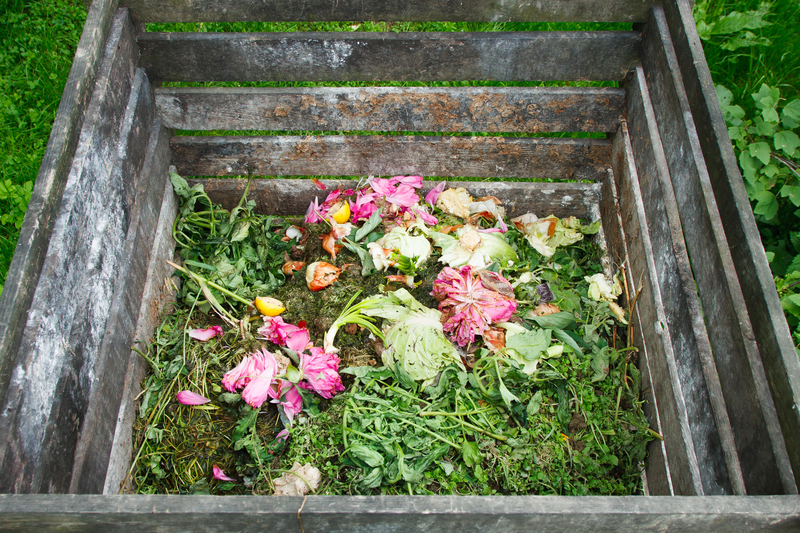Redefining Cardboard Use through Innovative Packaging
The packaging landscape is being reshaped by modern technology and sustainability initiatives, placing a spotlight on the versatile material: cardboard. No longer just a humble box or container, cardboard is at the epicenter of a packaging revolution, where creativity meets eco-consciousness. This article delves into the innovative cardboard packaging trends, their impact, and how companies are reimagining the role of cardboard in commerce.

The Evolution of Cardboard in Packaging
Cardboard has a rich history in the packaging industry, favored for its lightweight structure, strength, and recyclability. Traditionally used for shipping boxes, product packaging, and protective inserts, cardboard has transcended its original functions. With growing awareness of environmental issues and the need for cost-effective packaging, businesses are seeking innovative cardboard packaging solutions that go beyond basic utility.
Key Drivers of Cardboard Innovation
- Sustainability Demands: Customers and regulators are pushing for eco-friendly materials, recycling, and compostability.
- E-commerce Growth: The boom in online shopping requires more protective and customizable packaging.
- Brand Experience: Packaging is a touchpoint for brand communication, customer delight, and product security.
- Technological Advancements: Digital printing, smart packaging, and material engineering enable new applications and designs.
Cardboard Packaging Innovations Shaping the Future
Sustainable Cardboard Alternatives
One of the most significant advances is the development of eco-friendly cardboard packaging. Using renewable resources and recycled fibers, manufacturers are reducing reliance on virgin pulp. Some startups have gone a step further by:
- Incorporating plant-based coatings instead of plastics for water and grease resistance.
- Utilizing wheat straw, bamboo, or agricultural waste fibers for enhanced sustainability.
- Innovating with biodegradable adhesives and inks to increase recyclability.
Sustainable packaging solutions using cardboard not only decrease environmental impact but also align with consumer values, improving brand reputation and loyalty.
Structural Engineering and Design Sophistication
The days of boring brown boxes are over. Through advanced CAD software and laser-cutting techniques, innovative structural designs are emerging. These designs serve several purposes:
- Enhance strength while reducing material use (e.g., honeycomb layering, edge-crush reinforcements).
- Create memorable unboxing experiences with unique shapes and folding mechanisms.
- Provide modular, multi-use, or transformable designs for added value (like turning packaging into stands or playsets).
Smart Cardboard Packaging
Integrating technology into cardboard packaging innovation is a rapidly growing trend. With printed electronics and IoT integration, it's possible to:
- Embed QR codes, RFID tags, or NFC chips for real-time tracking, authentication, and customer engagement.
- Monitor product conditions (e.g. temperature, freshness) during transit.
- Provide interactive or augmented reality experiences through printed visuals linked by smartphones.
These advancements are revolutionizing logistics, customer service, and marketing, proving cardboard can be a high-tech material.
Minimalism & Customization
Less is more in the world of innovative cardboard packaging design. Brands are embracing minimalist approaches--using monochrome colors, subtle textures, and elegant uncoated finishes. At the same time, digital production techniques now allow for:
- Short-run, personalized packaging tailored to specific customers or events.
- High-resolution printing that turns cardboard into a storytelling canvas.
- Custom die-cut windows, embossing, and tactile features for luxury items.
Benefits of Innovative Cardboard Usage
Environmental Advantages
The shift toward innovative cardboard usage delivers measurable environmental gains:
- Reduced waste through recyclable and compostable packaging.
- Lower carbon footprints compared to plastics and non-renewable options.
- Encouragement of circular economy principles: reusability, repairability, and recycling.
According to the American Forest & Paper Association, cardboard recycling has climbed above 90% in some regions, underscoring its utility in the green economy.
Economic and Brand Value
Innovative uses of cardboard packaging bring forth significant cost savings over time, such as:
- Optimized logistics from lighter, stackable designs.
- Fewer returns/damages due to better product protection.
- Increased customer retention through memorable packaging experiences.
- Alignment with green initiatives, attracting eco-conscious customers and partners.
Enhanced Consumer Experience
Brands that invest in creative cardboard packaging see measurable benefits in consumer engagement. Standout elements include:
- Unique unboxing rituals for social media sharing (key to influencer marketing strategy).
- Informative, visually pleasing product presentation.
- Functional secondary uses, such as packaging that becomes a shelf, holder, or play item.
Case Studies: Trailblazers in Cardboard Innovation
IKEA: Flat-Pack Revolution
Famous for its flat-pack furniture, IKEA continually invests in cardboard innovation to improve shipping efficiency and sustainability. Their latest lines use cardboard honeycomb structures in furniture panels, reducing wood use while maintaining durability.
Amazon's Frustration-Free Packaging
Amazon's initiative to eliminate unnecessary packaging and promote fully recyclable cardboard solutions is a model being emulated worldwide. Their "frustration-free packaging" leverages custom-fitted, minimalistic cardboard boxes that are easy to open and environmentally responsible.
Lucozade Ribena Suntory: Plant-Based Coatings
This beverage giant introduced a cardboard packaging innovation featuring a plant-based liner to replace polyethylene. By switching to this compostable alternative, they're reducing plastic pollution and demonstrating how food-safe packaging can remain eco-friendly.
Startup Spotlight: LivingPackets' Smart Box
LivingPackets, a startup disrupting the logistics sector, has designed a reusable, high-tech box made predominantly from reinforced cardboard. Integrated sensors, digital locks, and GPS tracking not only reduce waste but also enhance security and transparency throughout the shipping process.
The Future of Cardboard Packaging
As the demands of the global marketplace continue to evolve, so too does the scope for cardboard innovation. Industry experts predict that the future of packaging will revolve around:
- Greater integration of smart technology for logistics, engagement, and product safety.
- Advanced biomaterial blends to enhance recyclability and compostability.
- Hyper-personalized packaging experiences powered by data-driven design.
- Collaboration across industries (tech, design, sustainability) to prototype the next generation of cardboard solutions.
For B2B customers, retailers, and end consumers alike, these advancements will deliver more value, less waste, and inspired brand connections.
How Businesses Can Embrace Cardboard Packaging Innovation
- Audit Current Packaging: Analyze environmental impacts and inefficiencies in existing packaging lines.
- Collaborate with Designers and Engineers: Bring together cross-functional teams to ideate structural and graphic innovations.
- Pilot New Materials: Test emerging cardboard blends and coatings in real-world scenarios for performance and user experience.
- Seek Certifications: Align with FSC, PEFC, and compostable/recyclable standards to build trust and compliance.
- Educate Consumers: Use packaging as a channel for environmental storytelling and recycling directions.

Conclusion: A New Chapter for Cardboard Packaging
Innovative cardboard packaging is no longer a niche interest but a mainstream necessity--balancing operational efficiency, branding, and environmental stewardship. The redefinition of cardboard's role through smart, sustainable, and creative solutions demonstrates that packaging can be so much more than a vessel; it's a catalyst for positive change and business advantage.
As brand owners and packaging designers harness the full potential of cardboard, they're writing a new story for the industry--one where innovation, responsibility, and customer satisfaction intersect. Whether you're a business leader, designer, or consumer, it's time to think beyond the box. Explore how innovative cardboard packaging solutions can elevate your products, protect the planet, and redefine what's possible in packaging.
Frequently Asked Questions
- What is the most eco-friendly cardboard packaging option?
Cardboard made from 100% recycled fibers, using plant-based adhesives and inks, is considered the gold standard for eco-friendliness. - How can brands design more innovative cardboard packages?
By collaborating with engineers, leveraging digital printing, and prioritizing minimal materials with creative structures. - Does innovative cardboard packaging cost more?
While initial R&D or custom design may incur costs, savings in material use, shipping, and waste management often offset expenses in the long run. - Can cardboard packaging replace plastic for all products?
For many, but not all. Ongoing advancements in coatings and structural design are expanding the range of products that can safely use cardboard packaging.
Ready to lead the shift in your industry? Start by researching innovative cardboard packaging ideas and begin redefining your brand's impact--one package at a time.